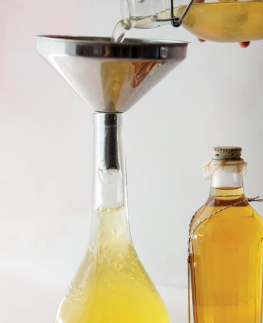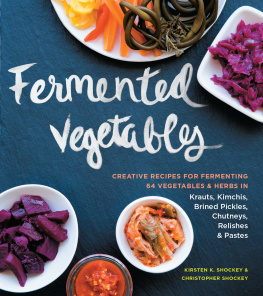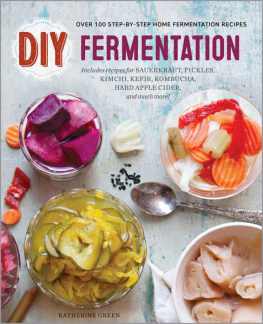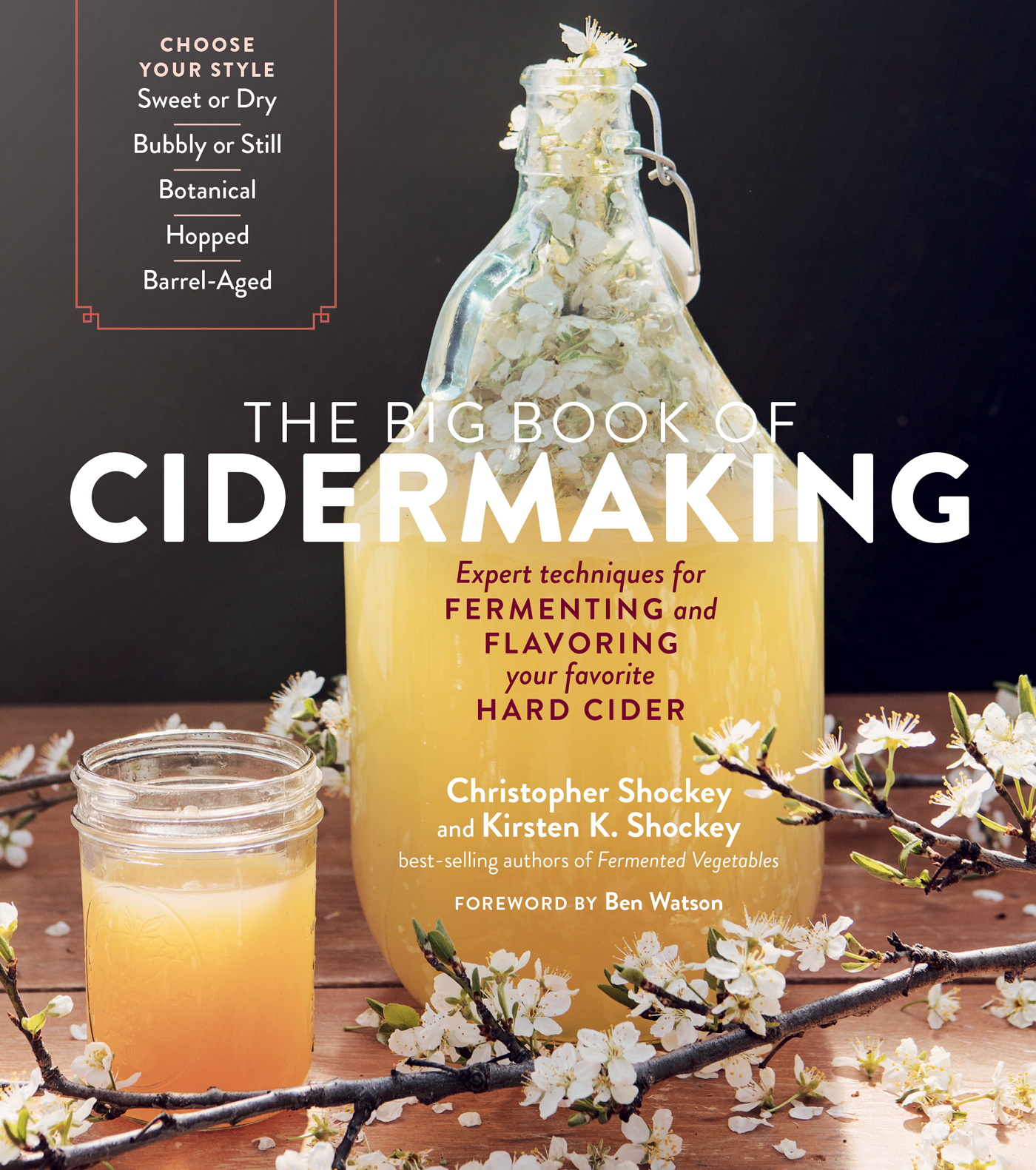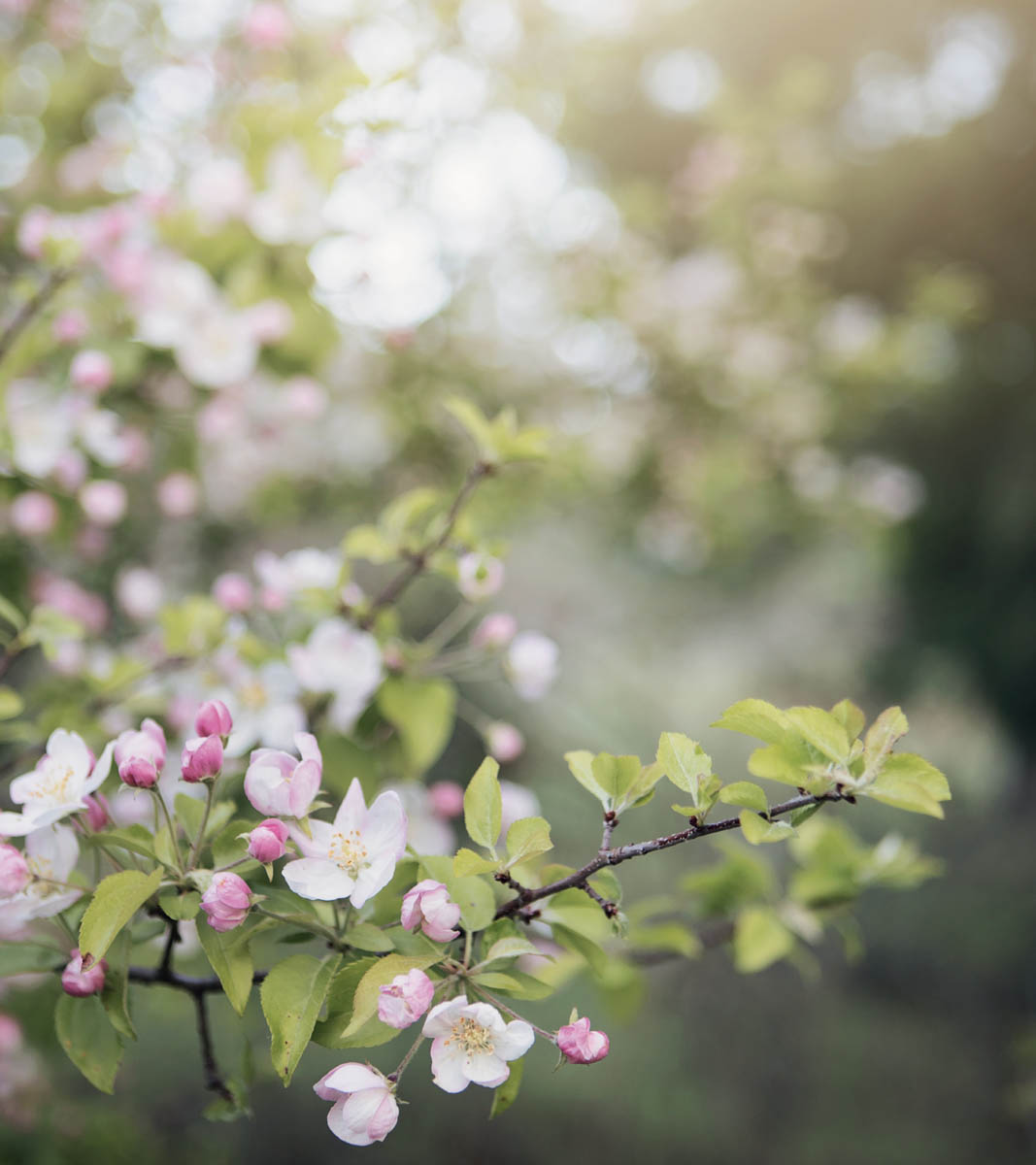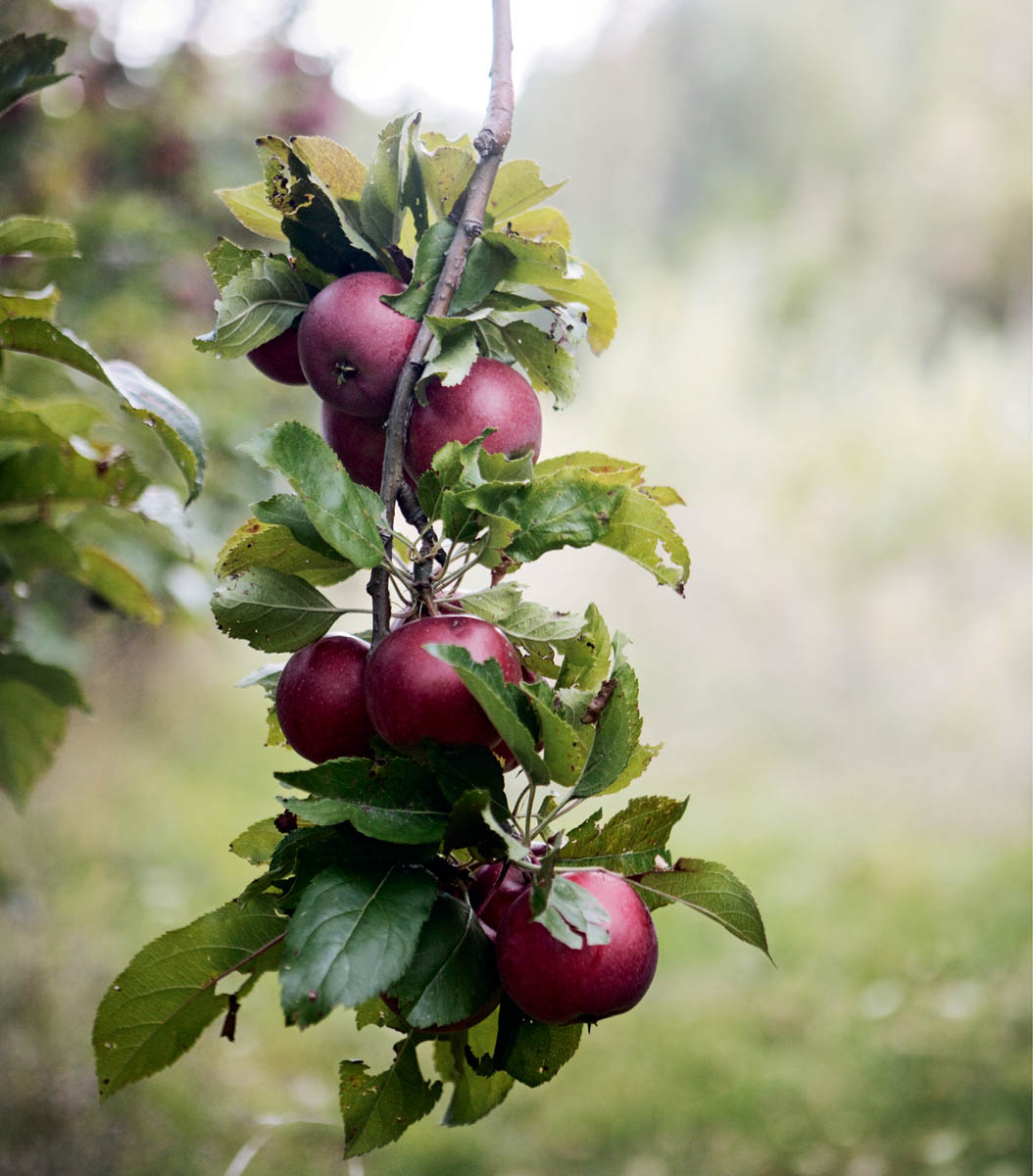The mission of Storey Publishing is to serve our customers by publishing practical information that encourages personal independence in harmony with the environment.
Edited by Carleen Madigan and Sarah Guare
Art direction and book design by Carolyn Eckert
Indexed by Christine R. Lindemer, Boston Road Communications
Cover and interior photography by Carmen Troesser
Additional interior photography by Mars Vilaubi, .
Photo styling by Carmen Troesser
Food styling by Christopher Shockey and Kirsten K. Shockey
Illustrations by Alois Lunzer/Boston Public Library/Wikimedia Commons, 86 and throughout; Carolyn Eckert, 19 and throughout; Grace Carter/Boston Public Library/Wikimedia Commons, 133; Ilona Sherratt, 30; Olive E. Whitney/Boston Public Library/Wikimedia Commons, 48 and throughout
Text 2020 by Christopher Shockey and Kirsten K. Shockey
Ebook production by Slavica A. Walzl
Ebook version 1.0
September 1, 2020
A portion of the preface was originally published in Comestible.
All rights reserved. No part of this book may be reproduced without written permission from the publisher, except by a reviewer who may quote brief passages or reproduce illustrations in a review with appropriate credits; nor may any part of this book be reproduced, stored in a retrieval system, or transmitted in any form or by any means electronic, mechanical, photocopying, recording, or other without written permission from the publisher.
The information in this book is true and complete to the best of our knowledge. All recommendations are made without guarantee on the part of the author or Storey Publishing. The author and publisher disclaim any liability in connection with the use of this information.
Storey books are available at special discounts when purchased in bulk for premiums and sales promotions as well as for fund-raising or educational use. Special editions or book excerpts can also be created to specification. For details, please call 800-827-8673, or send an email to .
Storey Publishing
210 MASS MoCA Way
North Adams, MA 01247
storey.com
Library of Congress Cataloging-in-Publication Data on file
Hard cider is an alcoholic beverage. Please consume alcohol and cannabis responsibly and be aware of any related laws in your area.
Read all instructions thoroughly before using any of the techniques or recipes in this book and follow all safety guidelines.
This publication is intended to provide educational information for the reader on the covered subject. It is not intended to take the place of personalized medical counseling, diagnosis, and treatment from a trained health professional.
Dedicated to our kids and the beautiful people they share their lives with now. So much of this book is about the place where you grew up, and we hope that you will always call it home.
What if you could help heal our environment in a small way, improve your health, and have fun through the drink?
Contents
Foreword
My love affair with cider began way back in the late 1980s, when I first met Terry and Judith Maloney, who owned a little business in western Massachusetts called West County Winery. Today their son, Field, carries on the tradition at what has become West County Cider.
The Maloneys were among the first key players in whats come to be known as the cider renaissance in the United States. But in truth, in those early years of the revival, there were very few people making cider commercially good, bad, or indifferent and though there were plenty of indications that cider was growing in popularity, for years this growth was quite organic and slow, almost glacial in fact, and not always easy. Another pioneering cidermaker once told me that in the beginning hed practically had to kneel on peoples chests and pour his product down their throats. An exaggeration, to be sure, but the fact remains that Americans are still relearning the joys of cider, which in earlier times was this countrys foundational beverage.
The thing that struck me about cider back in the 1980s and 90s was how convivial and genuine the people who made it were. The culture was different from that of high-end wines, and even friendlier than that of craft beer, which was booming at the time. There was nothing standoffish or proprietary about cider producers, at least not the ones who were growing and fermenting their own fruit and experimenting with old (and new) apple varieties to evaluate their relative worth. You could ask these people which apples they were using and see exactly how they made their cider, and no one was afraid youd steal their trade secrets (as if they held the recipe for Coca-Cola or Kentucky Fried Chicken).
Thats because these people understood that cider at its highest and best expression doesnt use a recipe, but a process. Also, they knew that all cider is local. By that I mean, even if I were to ferment the same juice from the same apples another cidermaker had used, I wouldnt end up with exactly the same cider. Thats because, in addition to terroir (the well-known concept of the influence of such factors as climate, geography, and soils on fruit), a distinctive human element is also involved, one that contributes either a little or a lot to a particular cider. Vive la difference.
To prove this point, I once led a taste workshop for a group of 60 or 70 people where we tasted three single-variety ciders made by three different cideries from the famous Kingston Black apple. In fact, the apples used all came from the same orchard in western New Hampshire, so the terroir should have been the same. Yet each of these ciders was quite distinctive all very well made and delightful, but all significantly different from one another.
Today I still find the same spirit of generosity and collegiality among cidermakers, both amateurs and pros. And both the quality and diversity of ciders are exponentially greater these days. Cidermakers are creating ros cider made from red-fleshed apples, sour ciders, and all manner of specialty ciders that feature adjuncts or special ingredients not just traditional barrel aging in oak or throwing some raisins into a New Englandstyle cider.
Christopher and Kirsten Shockey have captured in this book all of the passion and joie de vivre that attracted me to cider so many years ago. In a friendly, straightforward manner, they describe the whole process of making cider on a variety of scales and present an impressive palette of options for neophytes, hobbyists, and even more experienced cidermakers. Their long experience with fermentation, in all its forms, provides a sound basis for success your first time out, and every time. And the information they give on making yeast cultures from foraged fruits and flowers puts an exciting and innovative local spin on this unique beverage one thats had a proud yet humble pedigree and promises to have an even brighter future.



